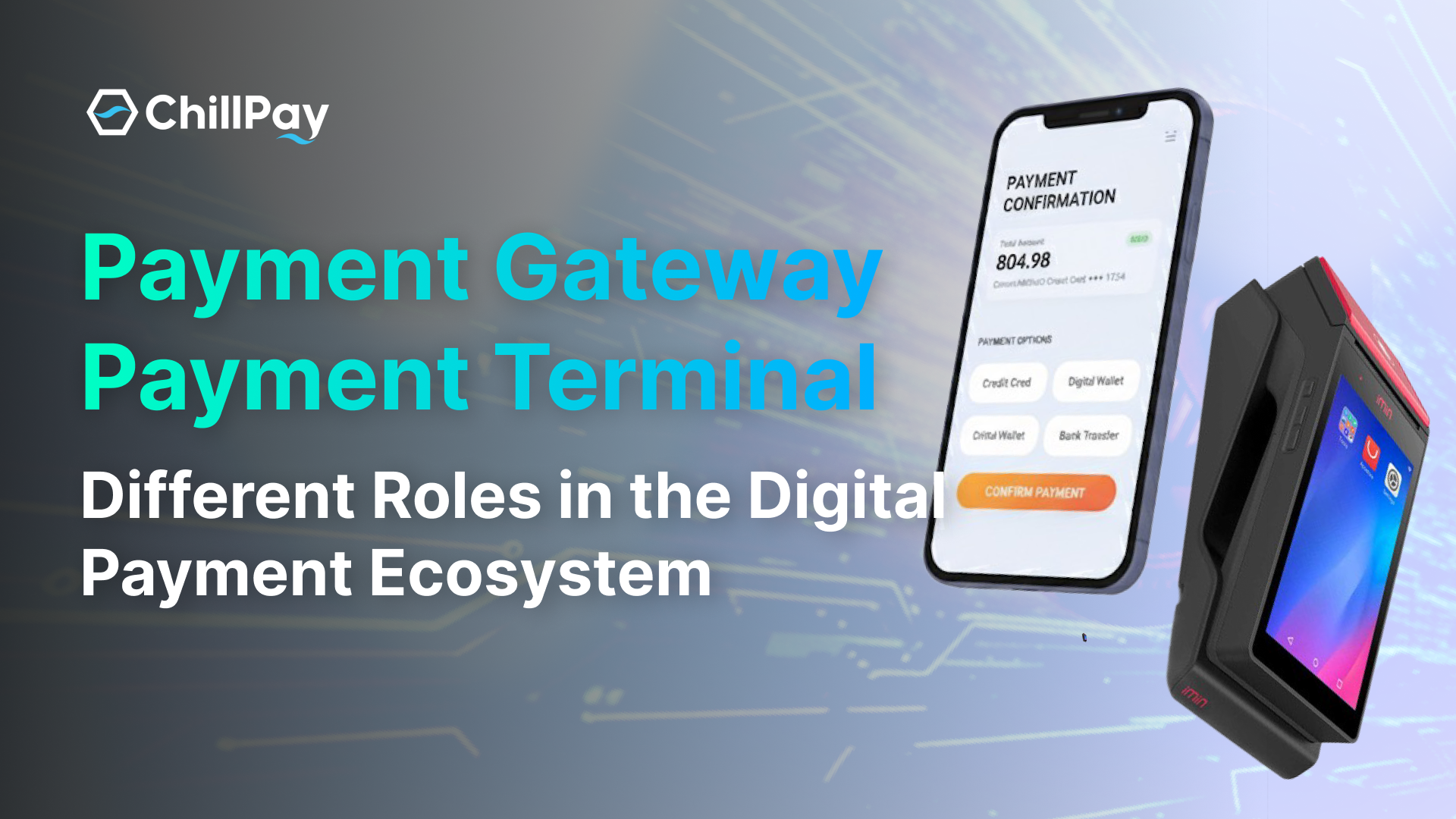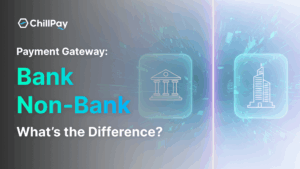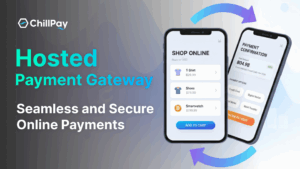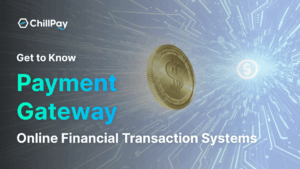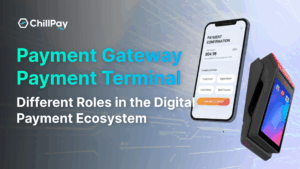In today’s digital payment landscape, Payment Gateways and Payment Terminals are essential components that ensure transactions are processed securely, quickly, and efficiently. While both serve the primary function of “facilitating payment processing,” they are designed to operate in different environments and handle distinct types of transactions.
At its core, a Payment Gateway is a technological platform that acts as an intermediary between a merchant and financial institutions, enabling smooth and secure online payments. It functions as the digital counterpart of a Point-of-Sale (POS) terminal commonly seen in retail stores. The gateway securely transmits transaction data between the customer, merchant, and payment processor, ensuring authorization and settlement occur seamlessly.
Although Payment Gateways and Payment Terminals share some similarities in function, they differ in several key areas, including transaction environment, payment processing methods, security measures, and integration approaches.
1. Transaction Environment
Payment Gateways are designed for online transactions, making them ideal for e-commerce websites, mobile applications, and other digital platforms. Payment Terminals, on the other hand, are physical devices used in offline environments such as retail stores, restaurants, or any point-of-sale (POS) location. They read credit/debit cards or accept contactless payments directly from customers.
In certain cases, a Payment Gateway can integrate with a POS system. For instance, Stripe offers Stripe Terminal, specifically designed for in-person payments, bridging the gap between online and offline environments.
2. Payment Processing
Payment Gateways act as intermediaries, encrypting and transmitting transaction information between customers, merchants, and financial institutions. They facilitate authorization and relay data to the payment processor.
Payment Terminals perform a similar function in a physical format: they read card information or contactless payment credentials, communicate with banks to obtain authorization, and print receipts for customers. Terminals connect to payment providers via phone lines, internet, or mobile networks depending on the store’s infrastructure.
3. Security Measures
Both systems prioritize security, albeit in slightly different ways:
- Payment Gateways utilize advanced encryption technologies such as SSL/TLS, fraud detection algorithms, Address Verification System (AVS), and Card Verification Value (CVV) to safeguard online transactions.
- Payment Terminals focus on card-present security, employing encryption, PCI DSS compliance, and EMV chip technology to minimize the risk of card fraud.
4. Integration
Payment Gateways require system integration with online platforms, often via APIs or pre-built plugins, making them suitable for businesses with development teams seeking flexibility and control over payment flows.
Payment Terminals offer straightforward setup, easily connecting to POS systems. They are ideal for brick-and-mortar stores or businesses that prioritize in-person, face-to-face transactions.
Comparison Table: Payment Gateway vs. Payment Terminal
| Feature/Aspect | Payment Gateway | Payment Terminal |
|---|---|---|
| General Description | Online software/platform for processing transactions | Physical device for accepting payments at the point of sale |
| Transaction Environment | Online – websites, e-commerce, apps | Offline – retail stores, restaurants, POS locations |
| Primary Role | Connects merchants, processors, and financial institutions for online transactions | Reads credit/debit cards or contactless payment devices to process transactions |
| Payment Processing | Encrypts, transmits, and facilitates authorization for online transactions | Communicates with banks for approval and prints receipts at POS |
| Security Measures | SSL/TLS, AVS, CVV, fraud detection, PCI DSS | Card encryption, PCI DSS, EMV chip for card-present transactions |
| Integration | API or plugin integration, requires development support | Simple setup and POS connection, plug-and-play |
| Use Cases | Online stores, fintech apps, e-commerce platforms | Retail stores, restaurants, physical points of sale |
| Example Providers | Stripe, Omise, GB Prime Pay, PayPal | Verifone, Ingenico, Stripe Terminal |
While both systems may appear similar in purpose, Payment Gateways excel in facilitating online transactions at scale, whereas Payment Terminals are optimized for in-person payments in physical locations. They are not interchangeable but complement each other to provide a seamless, omnichannel payment experience that meets the needs of modern businesses.

